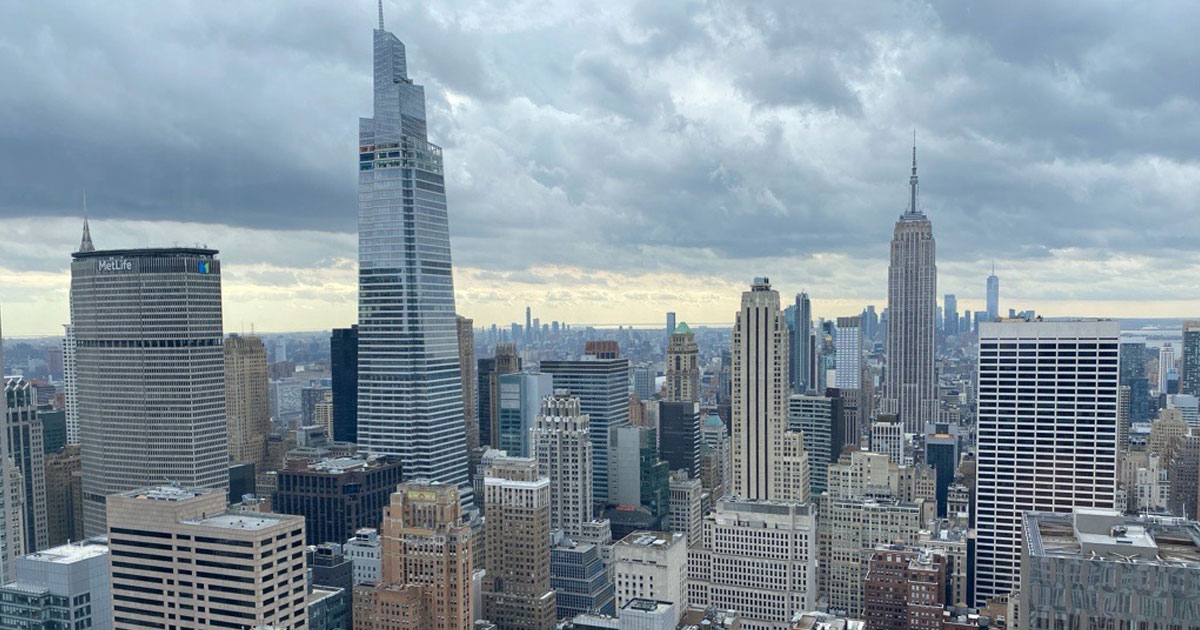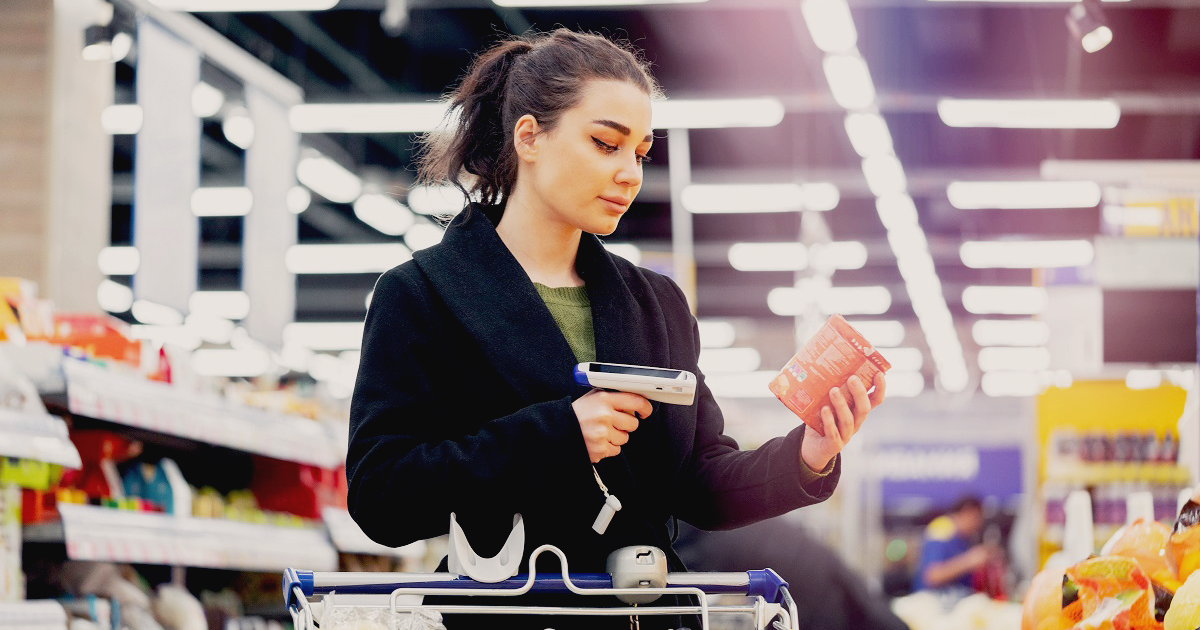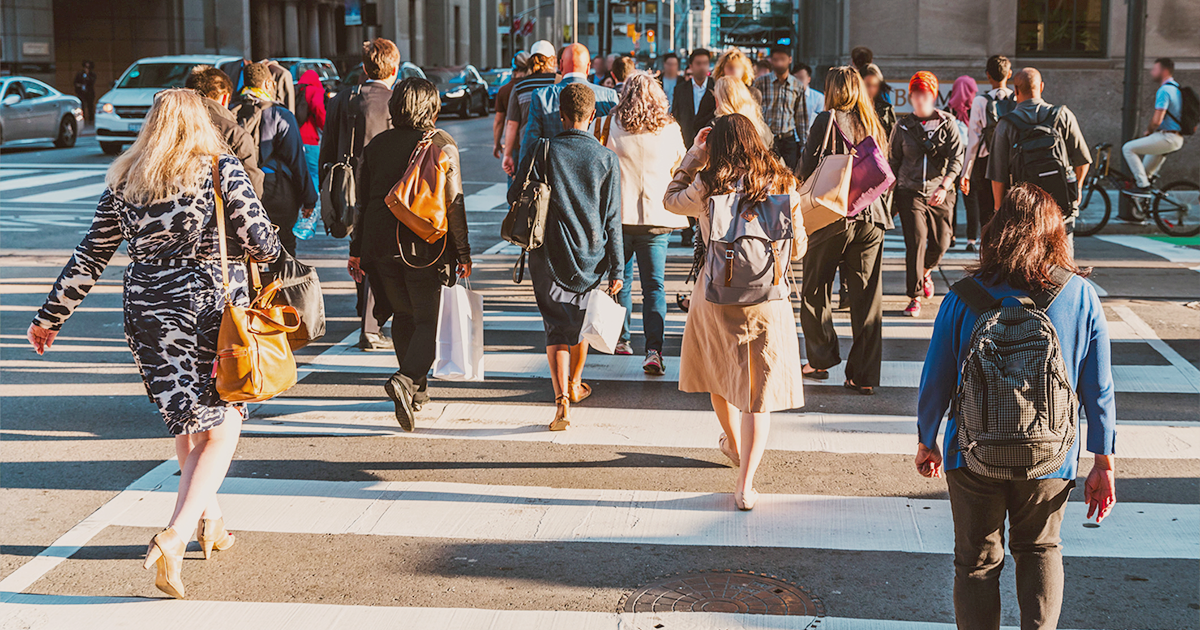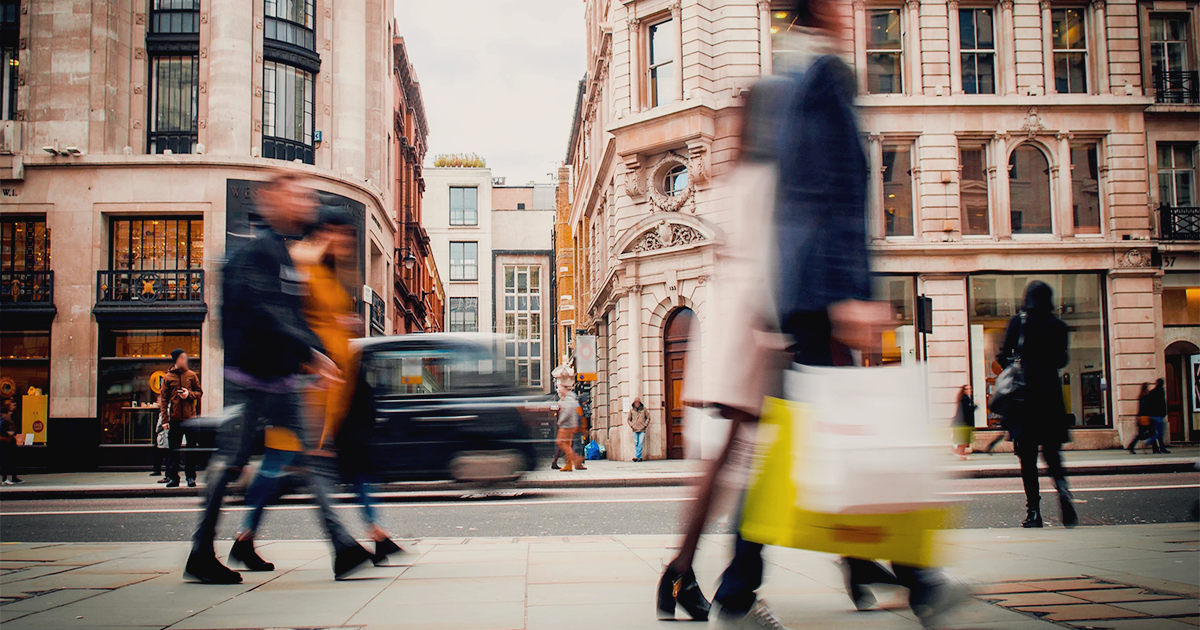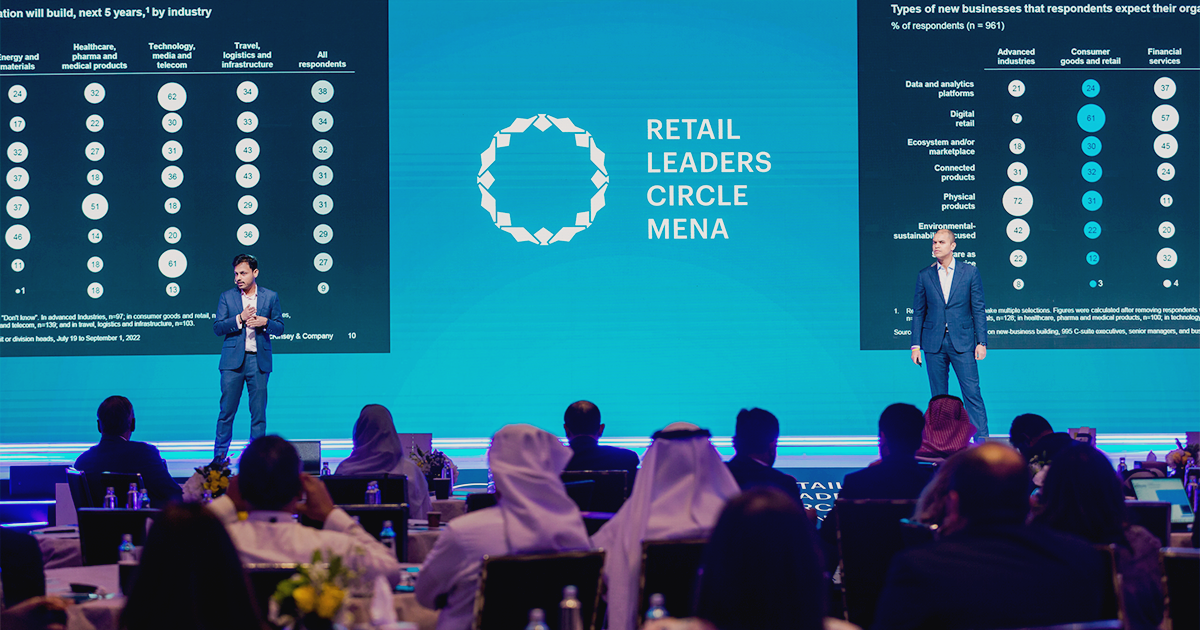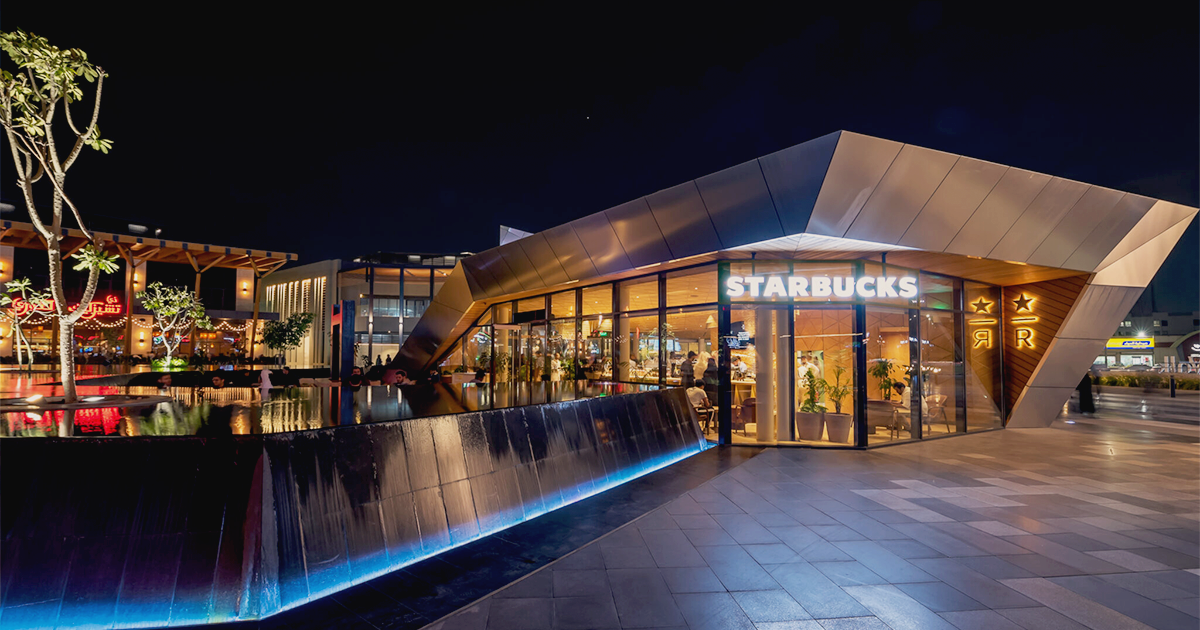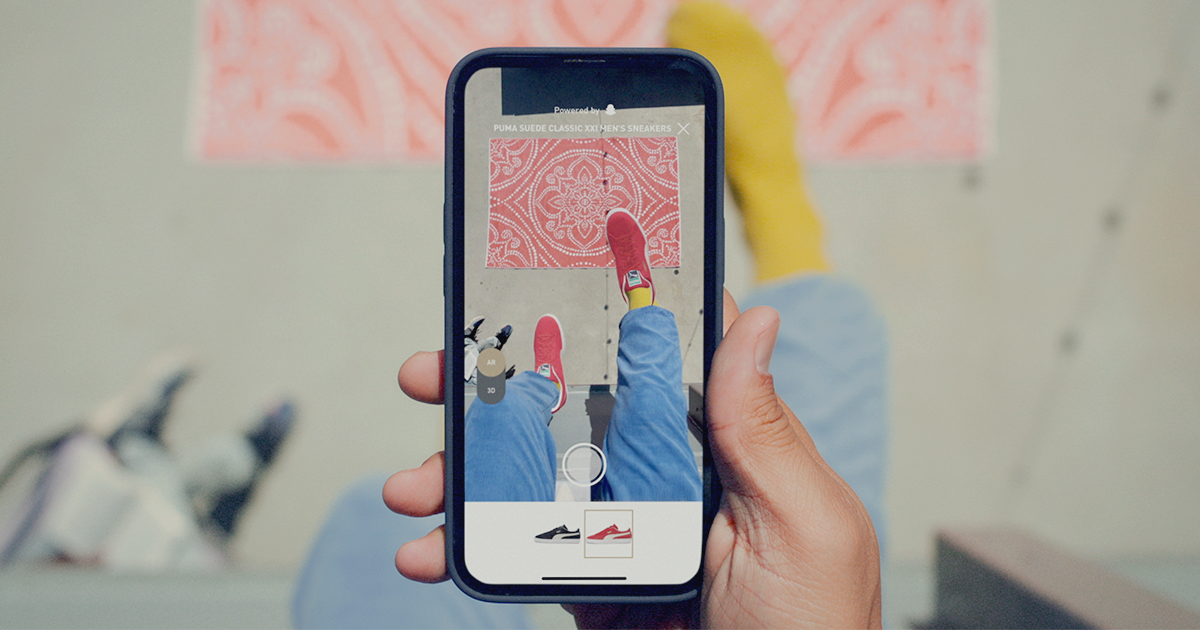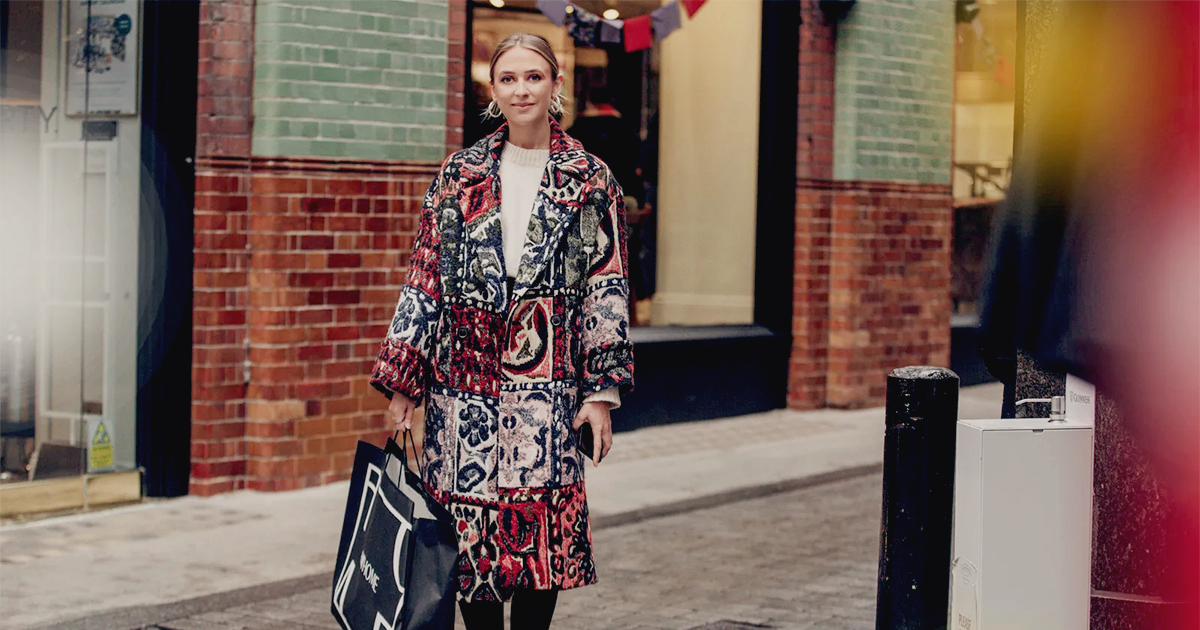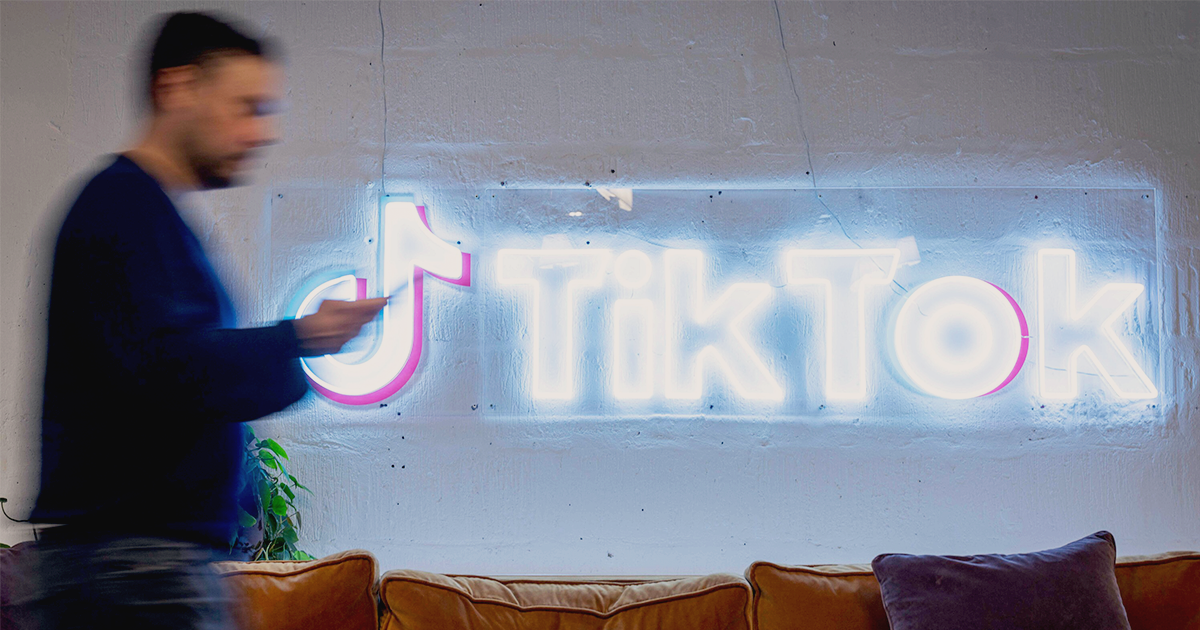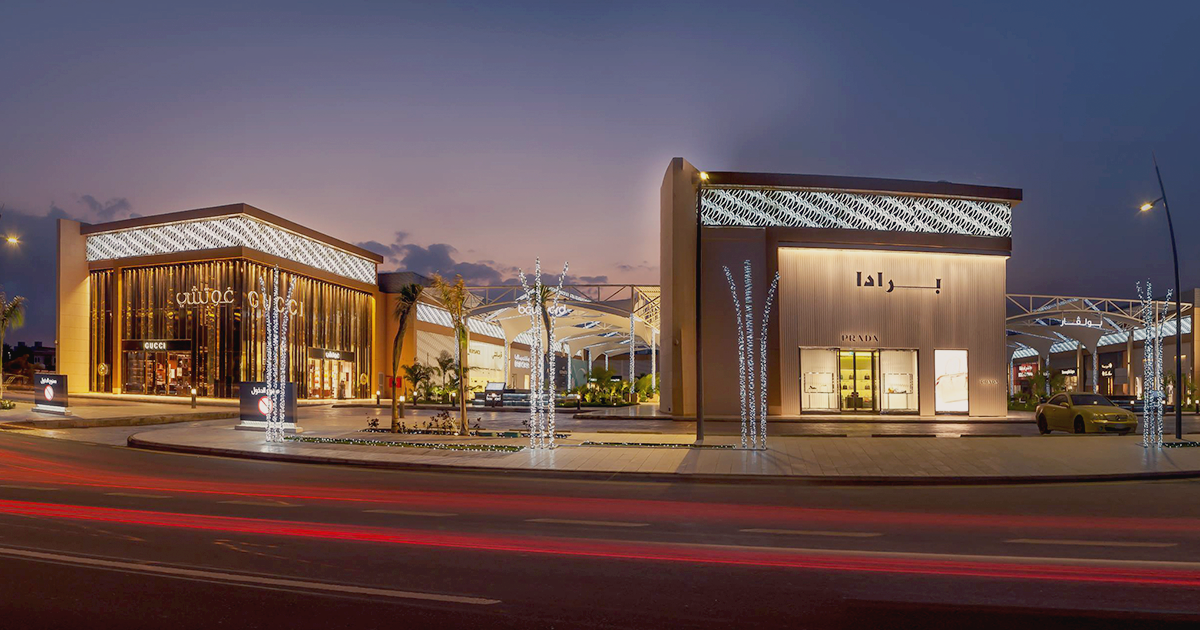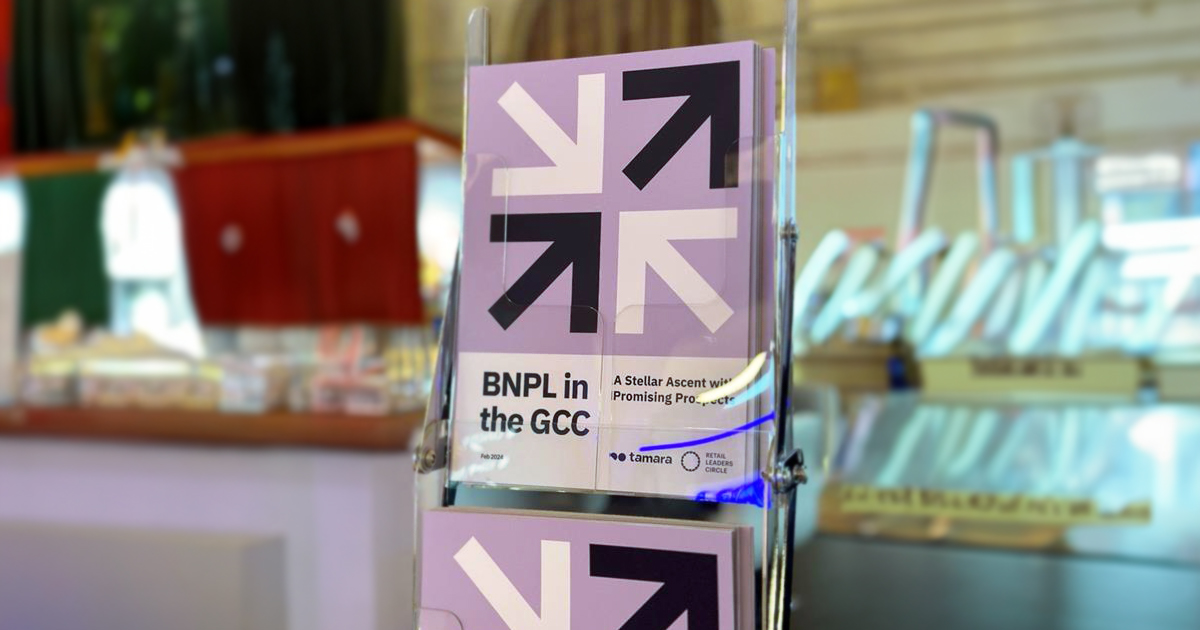
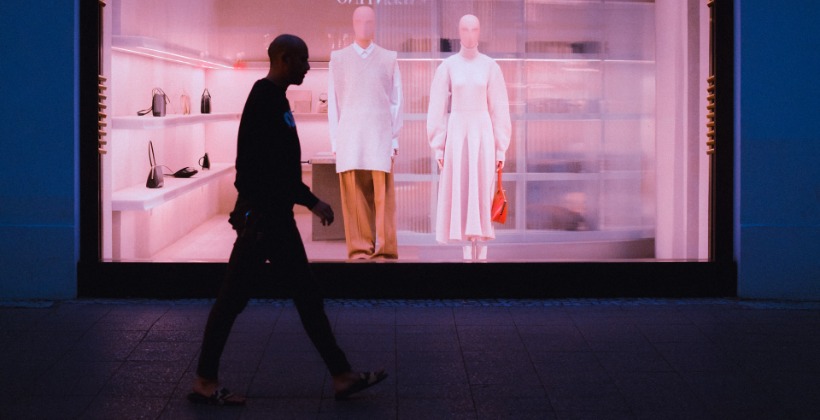
In 2017 and 2018 more than 8600 stores closed in the US, making people talk about a retail apocalypse. These were the worst years on record, and everybody was saying physical retail is dead, however it was when Barbara Khan, Patty and Jay H Baker Professor of Marketing, The Wharton School wrote the book “The Shopping Revolution”. Her position was that physical retail is not dead, rather, bad retail is dead, and she put forth the framework for how to win in this new world of retail.
In the US, in March, April and May 2020, 250,000 stores were closed, some faced mandatory closures before being allowed to reopen by the summer and even after opening by the end of the year, 12,000 stores closed. The retail apocalypse in 2017 was nothing compared to what was happening in 2020, however, a lot of the trends and the ideas that Barbara Khan had on how to succeed in the world of retail in 2018, seemed to still be true in 2020 when the Covid-19 pandemic started.
Professor Kahn shared these ideas in the 7th Retail Leaders Circle MENA Summit that took place virtually in March 2021.
Trends accelerated during Covid-19 pandemic
According to Khan, Covid-19 accelerated trends already happening in 2018. As she characteristically mentioned “the strategies and the trends that I noted in 2018 which were required for a retailer to succeed in the ‘year of the retail apocalypse’ is even more true now during Covid. The retailers that won, that succeeded even in 2020, were the ones who had forecasted a lot of the trends that we saw”.
Digital acceleration was a main point; as Khan said “consumers are much more likely to buy online than in the past. What this says is that people used to buy online will buy more online, people who never did, will start to. We also expected changes in our physical store environment, so consumers expected retailers to pivot very quickly to exercise good hygiene practices, we moved from a very high touch experiential store environment to a low touch environment. Plus, the idea of work from home or these flexible working patterns radically changed the retail world. It changed what people bought and how they bought, which had profound effects on retail in the US and obviously around the world”.
Professor Khan shared the results of a survey that was taken in the US in December 2020. According to this survey, Covid-19 had a major impact to consumer habits. 40% of respondents visited physical locations less frequently, which was not a surprise given that a lot of the retailing was closed. On the other hand, the fact that half of the respondents said that given the choice, they’d prefer to shop in person than online, reflects the move to physical shopping is not going away.
At the same time, there was a big pivoting on the part of the retailers who were open. They understood they had to improve the offline customer experience. 60% of the participants said that if they had a positive customer experience, they are more likely to spend more on that visit, concluding that in-store experience still matters. In parallel, customers who had a positive in-store customer experience, are also more likely to purchase from that brand online meaning that the physical in-store experience not only increases spending in the store but also increases online spending.
 The physical in-store experience not only increases spending in the store, but also increases online spending.
The physical in-store experience not only increases spending in the store, but also increases online spending. 
Why do customers like to shop in-store? Product selection and variety is the first choice, then service and customer experience and third is convenience, i.e., the location, organization and how easy it is to shop. The other big thing noted during Covid was this idea that people were switching around a lot mainly because they were shopping online or because of the price. Even this was interpreted as disloyalty by retailers, however, from consumers’ point of view, they still felt they were loyal to the brands they were previously loyal to; the environment had just caused some switching. What they did say was that they wanted the retailer to act like they knew the customer, therefore, they’re looking for relationships which is another big takeaway. Among those who switched in 2020, their old brand wasn’t available where they were shopping now. The other thing that came out of the survey is that almost all the markers said that it’s essential to capture first-party data; a priority in 2021.
Barbara Khan continued by saying that with Covid there was a move to different types of physical retail; when this opened there was a move away to more of the community centers and strip malls so a lot of retailers that are opening new stores are doing so in strip malls. She mentions that “The other big trend we saw pre-Covid was that big CPG firms like Kraft and Campbells in the US were losing market share by more digitally native vertical brands but during Covid 19 these brands did well. The vertical brands had a different model than the CPG firms and it’s important to understand what the differences are; they had a much better brand, and they understood their consumer much better. The CPG brands were legacy brands, were out of date with the new consumer, but the new brands understood their customer better. The other thing that was different was they started online, and they went direct, which provided them with first-party data.
The third piece was they were subscription, they understood the importance of lifetime value of the customer, they’re prioritizing loyalty and not transaction. What we also saw in Covid was a move to a lot more movement of direct”. According to Khan, in order to succeed in the Covid era, you must be customer focused. You must give the end users what they want, and what customers want in retail is simple; they want to purchase something they value from someone they trust. You have to do better than your competition, you have to pivot, embrace the change and offer the customer something better than the competition.
By now, most of the old retail strategies were product focused; they focused on product and operations. Nowadays, retailers have to understand everything about their customer, collect as much data as possible and then take away the friction, make purchasing as easy and as convenient as they possibly can and make the easiest sell of what the customer want



